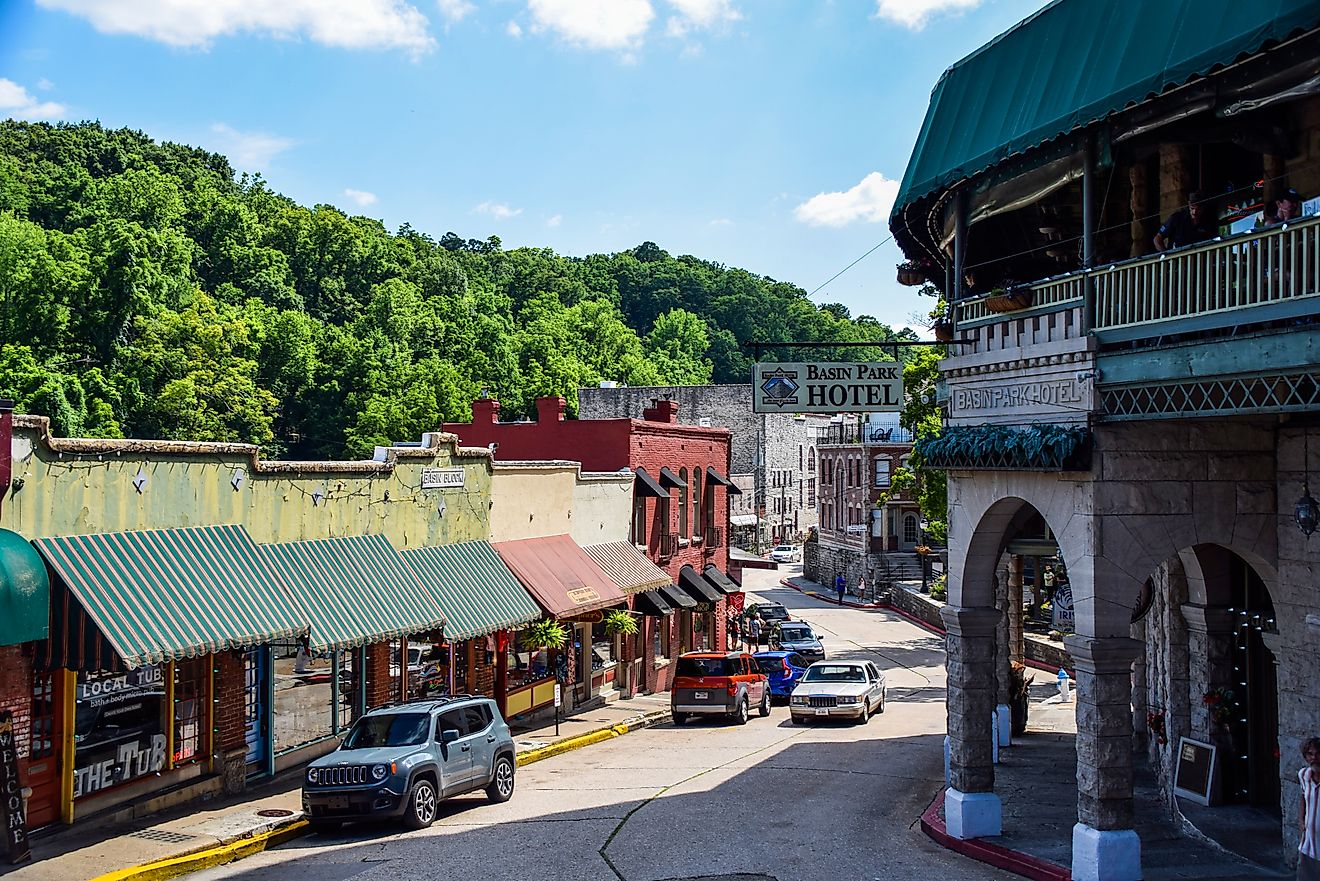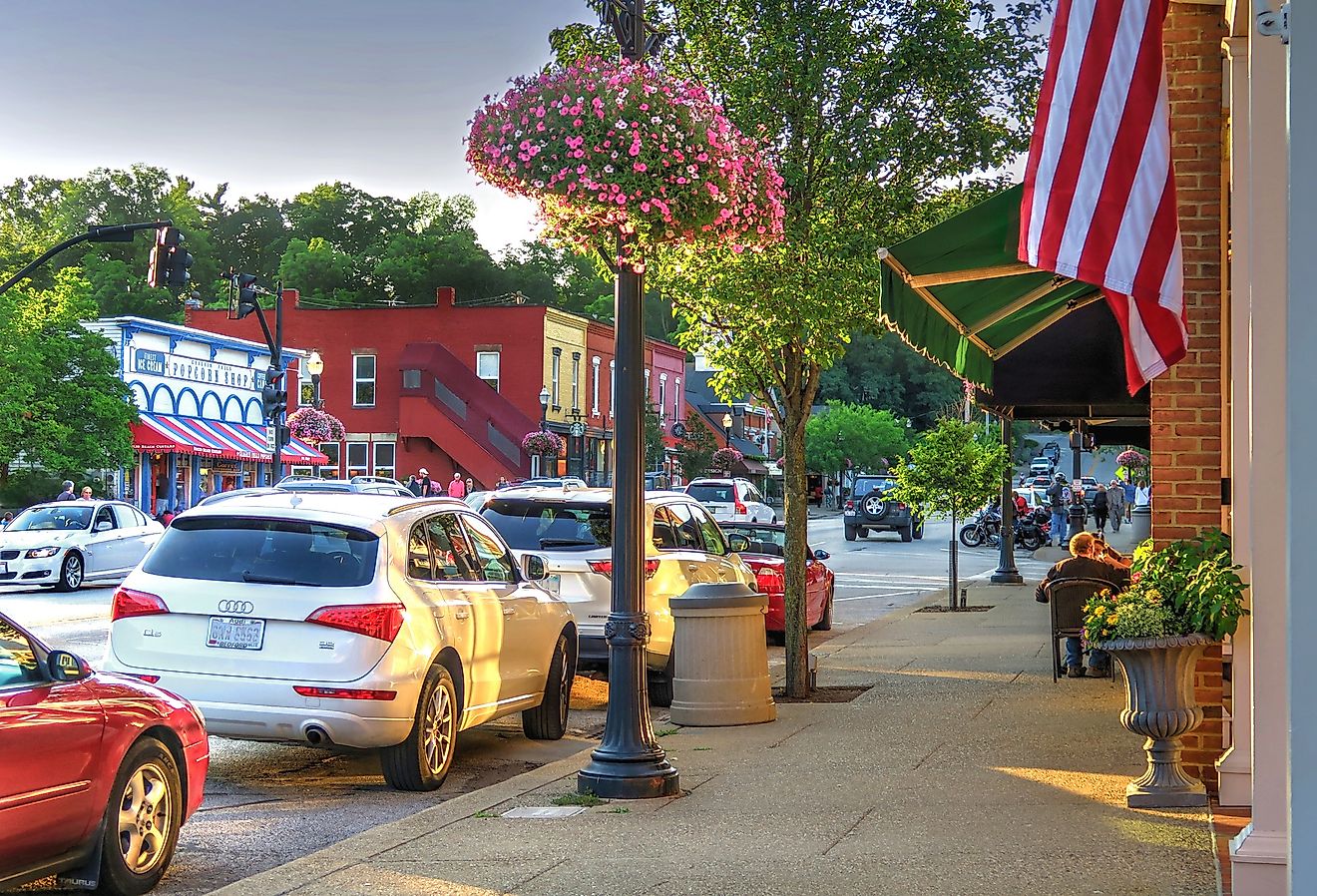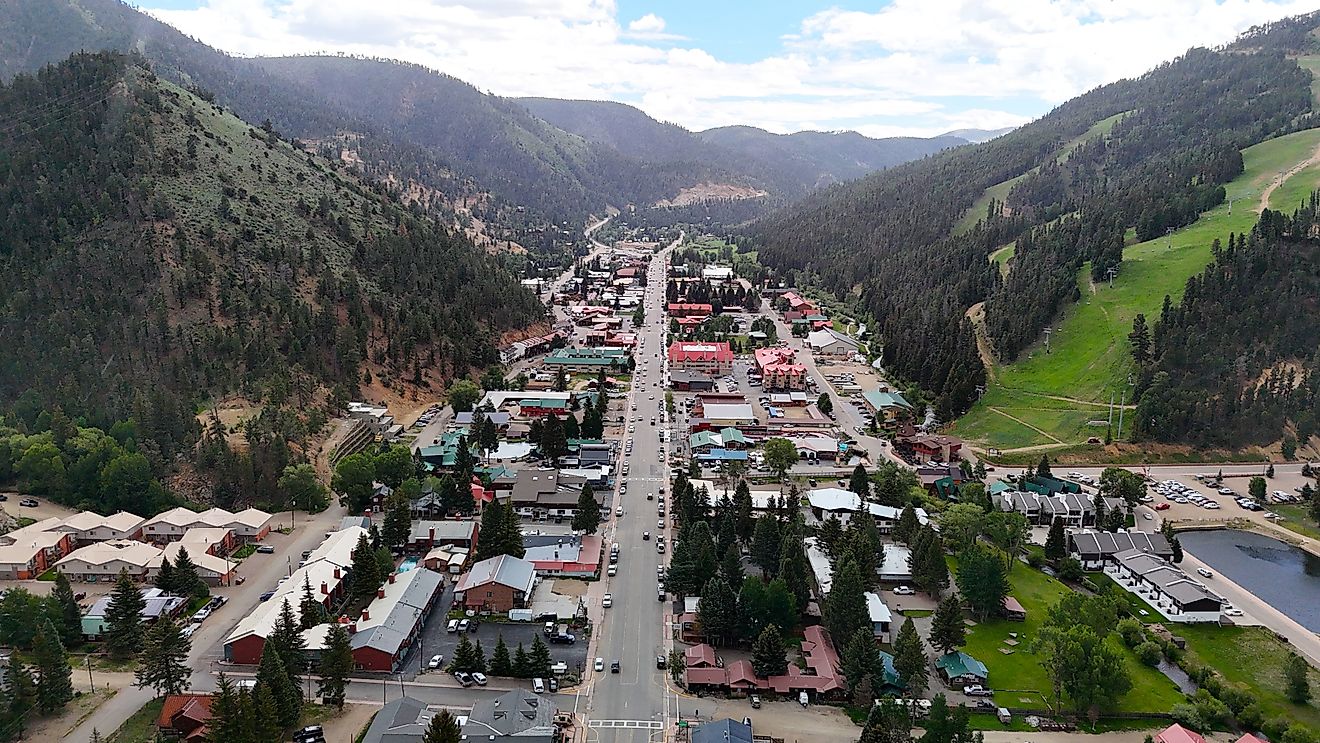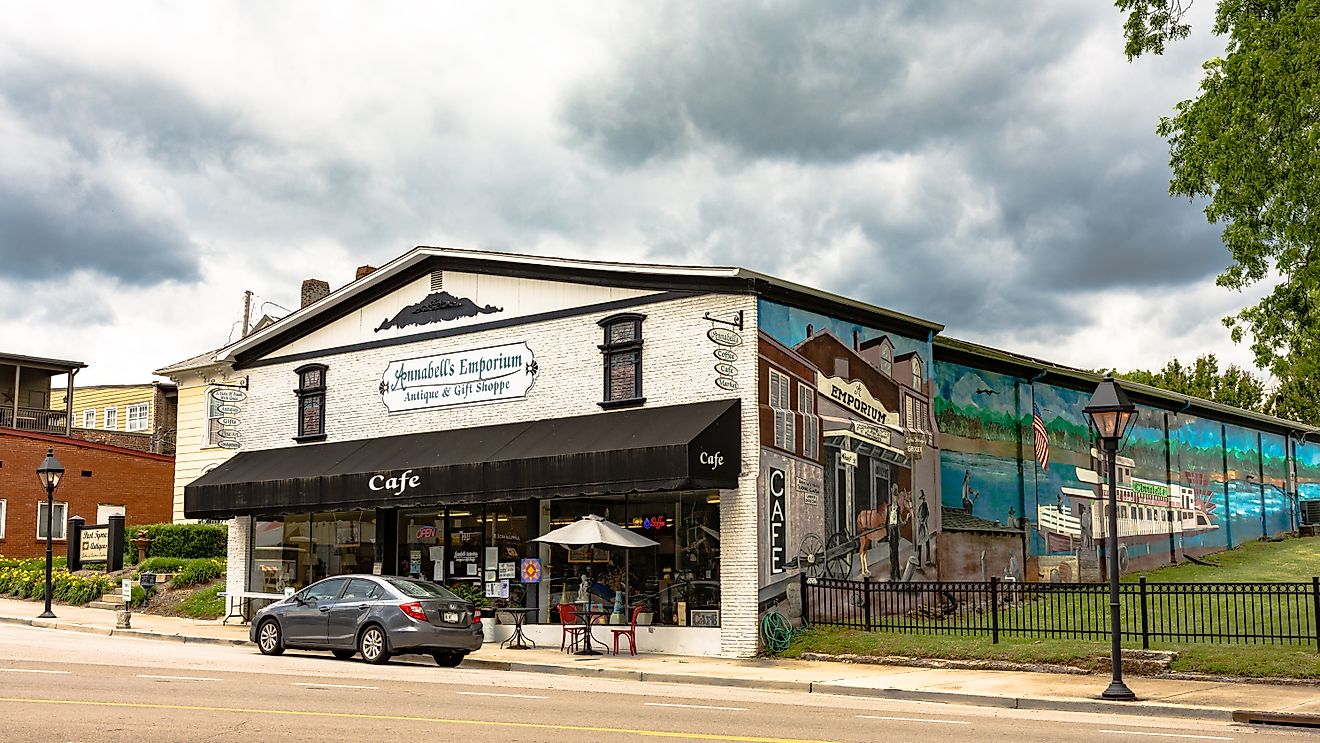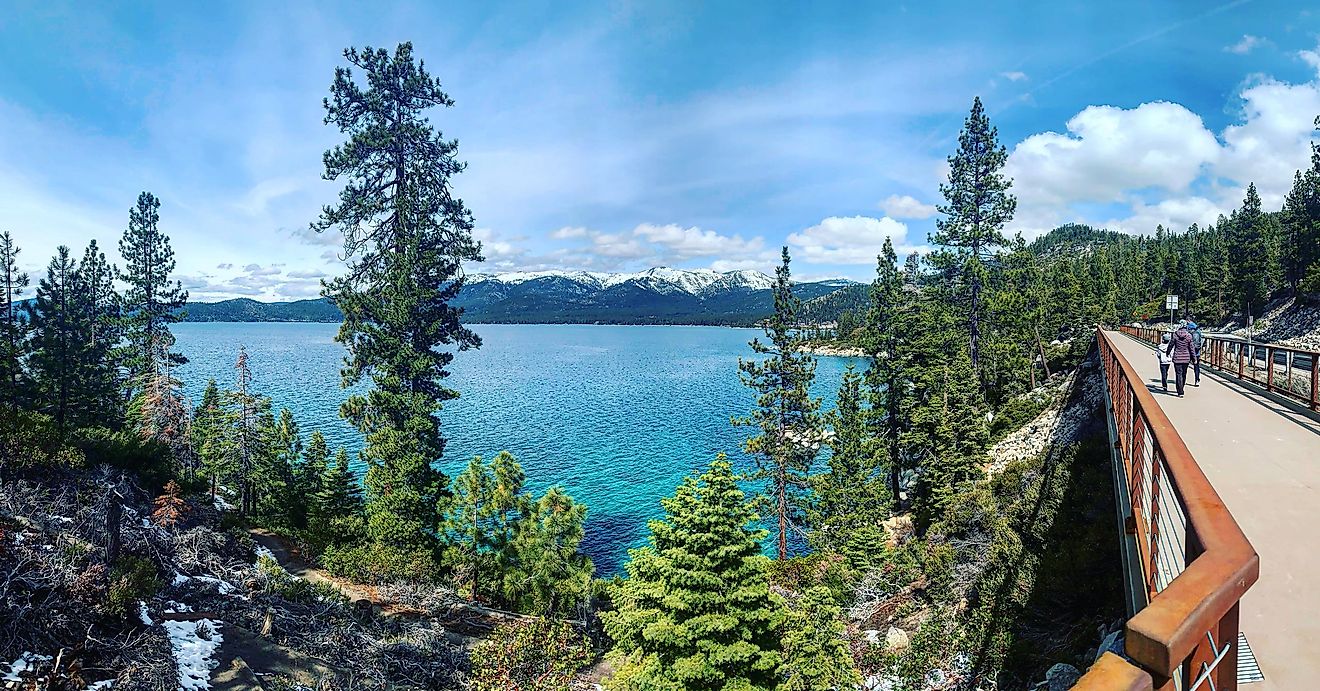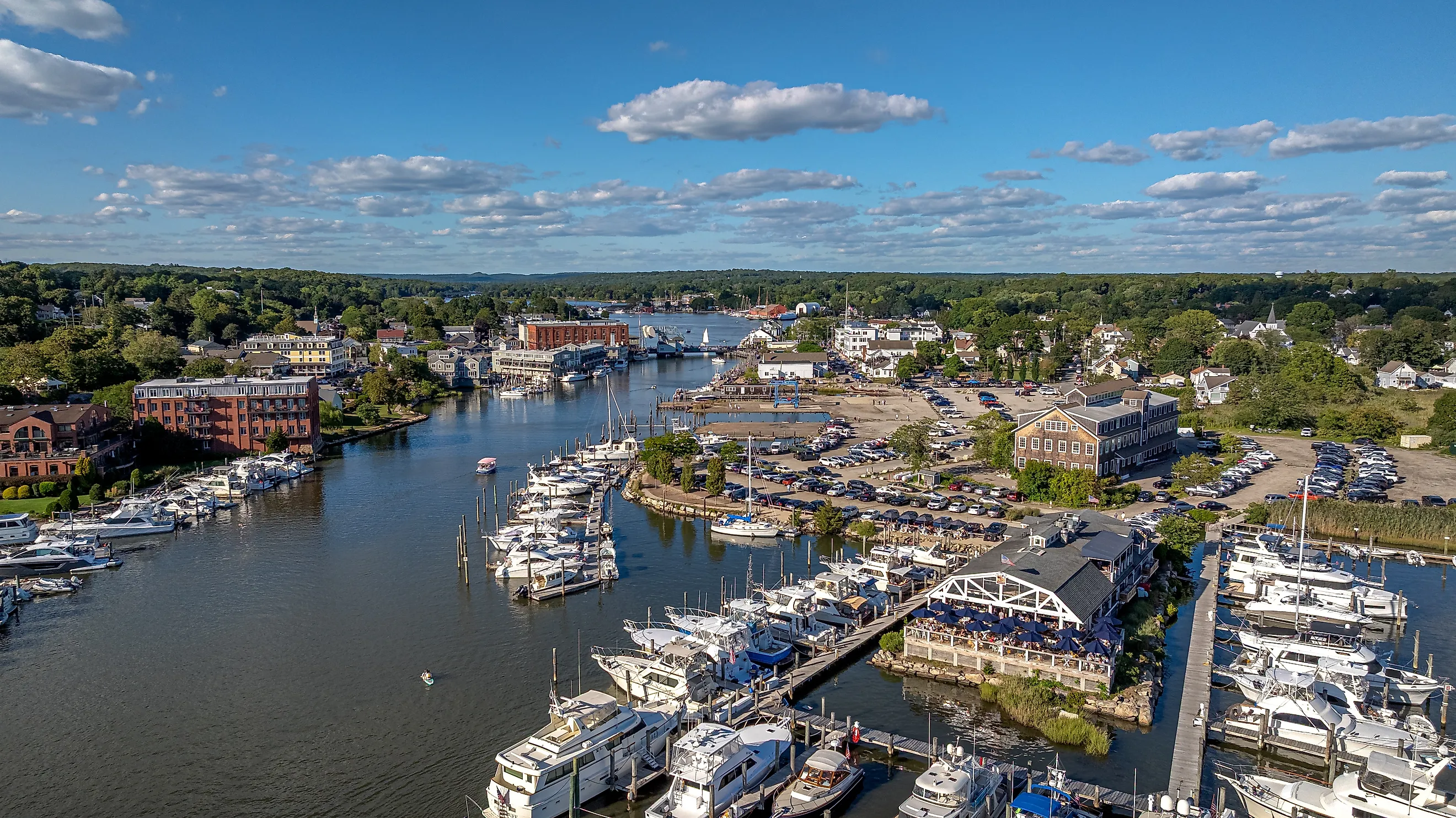
7 Connecticut Towns That Rival Europe's Best
As a New England state once owned by Britain, Connecticut's European roots are evident. Yet, heritage aside, Connecticut does not uniformly evoke Europe. For instance, you cannot substitute Connecticut for England or Ireland or France or Italy and get the same vibes—unless you choose the following seven towns. In such settlements, castles peer from behind moats and atop cliffs, jiggers and swiggers come together for annual festivals, Montfort missionaries pray at a Lourdes-inspired grotto, and trattorias fill stomachs with authentic pizzas. Learn where to go for a faux-Euro vacation in the Constitution State.
Portland
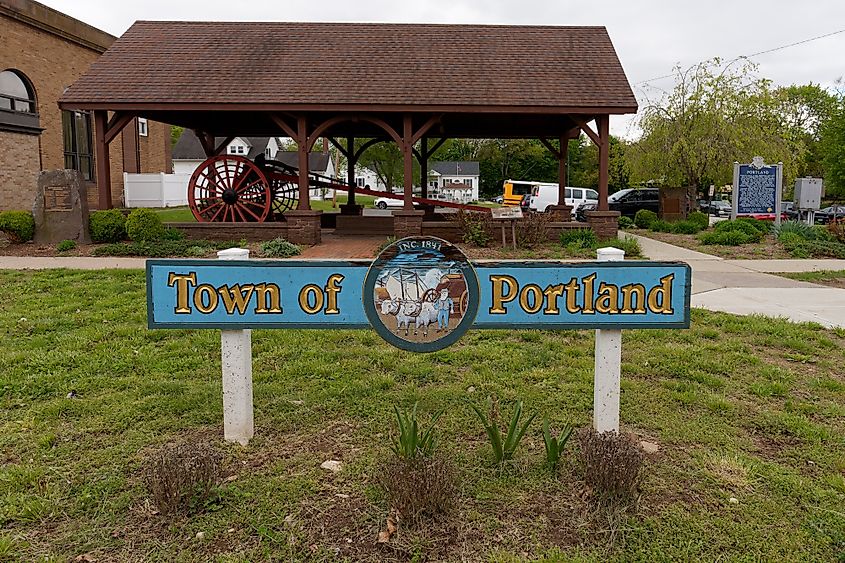
Like the British Isles for which it was named, Portland, Connecticut, got its rocking start from English settlers. Their Portland-area quarrying, partnered with the transport-friendly Connecticut River, "practically supplied the entire country with brownstone." Stately structures from Connecticut to New York to California (and supposedly even England itself) owe their existence to the Portland Brownstone Quarries, which is now also designated as a National Historic Landmark.
Granite, not brownstone, was shaped by Irish and Italian immigrants for Portland's noblest attraction: the Saint Clements Castle & Marina. Inspired by medieval castles, Saint Clements boasts a balcony modeled after France's Inn of William the Conqueror; an art gallery based on the Château de Langeais; and two towers in Norman style. Many a wedding happens with Saint Clements in the background.
From Portland, extend your "European" vacay in nearby Berlin and then meander to New Britain, which, ironically, is known for its Little Poland neighborhood filled with traditional Polish fare. Sample such in a specialty store called Polmart and at the annual Little Poland Festival.
Mystic
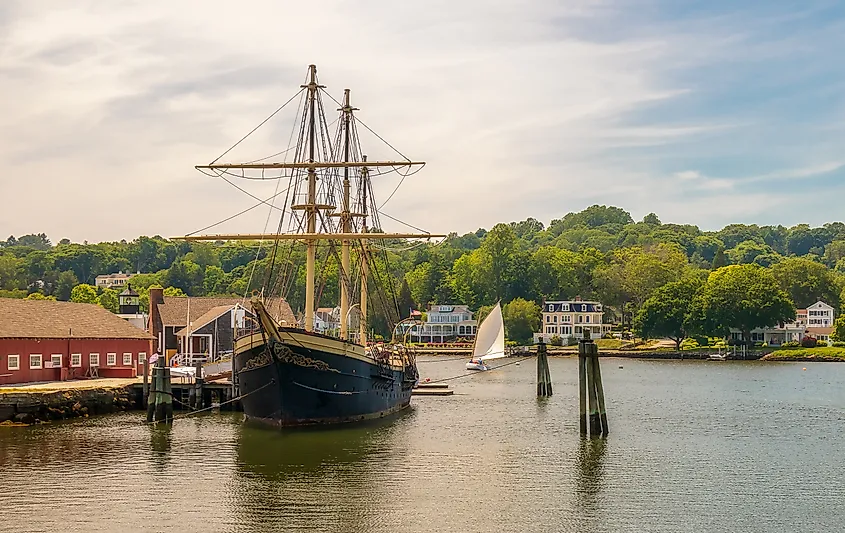
Mystic has many mystical attractions, not counting Mystic Pizza. Sure, said pizzeria mesmerized moviegoers (with help from Julia Roberts) and made Mystic a major cinephile destination, but having enchanted tourists long before Mystic Pizza's release are elegant Eurocentric sights. Most can be found at the Mystic Seaport Museum, a recreated 19th-century New England coastal village, and in the Olde Mistick Village, which is a recreated 18th-century colonial community. See the museum's 500-plus historic vessels, notably the 1841 whaleship Charles W. Morgan, and then explore Olde Mistick by shopping at the old-mill-style Kitch store and dining at the Amalfi-Coast-inspired Trattoria Amalfi restaurant.
Woodstock
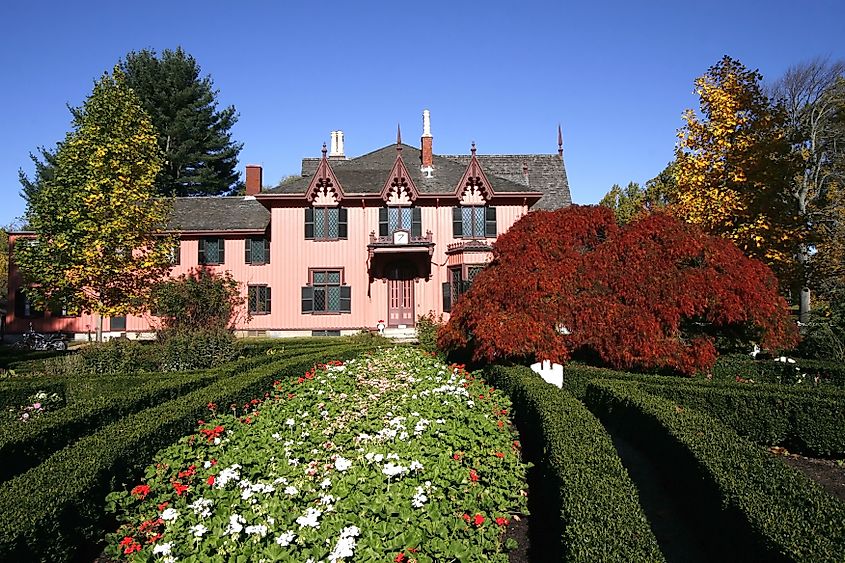
Nestled in Connecticut's northeast corner, Woodstock is a rustic realm bedecked with lavish landmarks. On Woodstock Hill stands Roseland Cottage, a former home of the Bowen aristocrats turned into a museum of ostentation. Aside from the Gothic Revival cottage, which was constructed in 1846 with pink coloring and swordlike spires, the property contains a carriage barn, aviary, ice house, boxwood-edged parterre garden, and what is said to be America's oldest surviving indoor bowling alley. See all those features and more during A Victorian Christmas at Roseland Cottage set for Saturday, December 13, 2025.
Or stay at another hilltop Bowen relic, The Inn at Woodstock Hill, which was built in 1816 and now offers 21 guest rooms on 14 scenic acres. It is not a Bowen, but a man named Chris Mark, who is responsible for Woodstock's most extravagant edifice. The Chris Mark Castle is a 19,000ish-square-foot fortress with towers, a moat, a 30-acre pond, and hundreds of acres of surrounding woods. It was recently listed for $29 million. Is that within your price range?
East Haven
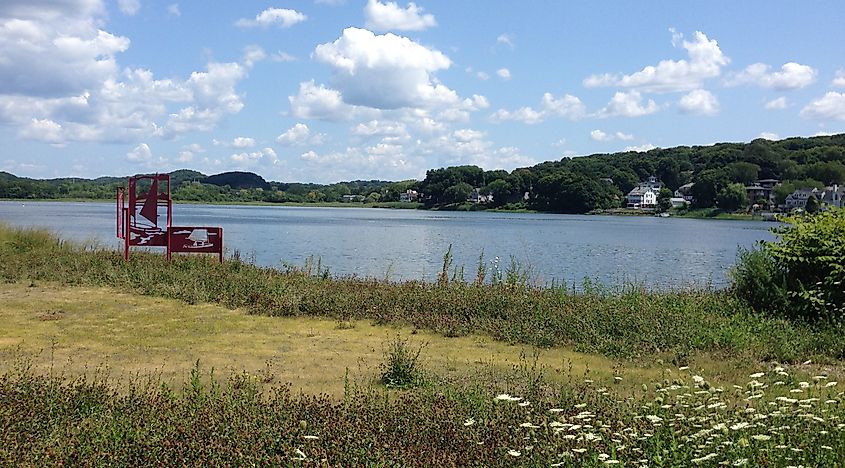
Perhaps the Connecticut Irish Festival would better fit your budget. Held each June in East Haven, this fest honors the Irish heritage that underpins countless Connecticuters. It does so with Irish music, Irish dance, Irish vendors, Irish cultural exhibits, Irish drink, and Irish grub ranging from scones to soda bread to Irish sausages. Established in 1963, it prides itself as "New Haven County’s Oldest Irish Festival."
While in New Haven County, you might as well head to New Haven for more Irish fare at pubs like The Trinity Bar before switching to Italian cuisine in the Little Italy neighborhood. Frank Pepe Pizzeria Napoletana is gustoso.
Cheshire

There is no mistaking why Cheshire, Connecticut, was named after Cheshire, England. It not only sprawls with greenery ala the Cheshire Plain, but it boasts historic churches like the First Congregational Church of Cheshire and a defunct canal called the Farmington Canal, which, though once resembling the winsome waterways of Europe, now functions largely as a multi-use trail with part of the original canal restored as Lock 12 Historical Park. Of course, you can also find cats in Cheshire, CT, but none with the signature grin.
But the most Cheshirely sight actually sits northeast of Cheshire in the city of Meriden. From an elevation of almost 1,000 feet, a medieval-style observation tower dubbed Castle Craig overlooks not just Meriden and Cheshire but much of Connecticut and even some of Massachusetts. It was built in 1900 out of native trap rock by a local philanthropist. Alleged inspirations range from Norman French architecture to a 12th-century Turkish tower to an ancient Scottish fort.
Litchfield
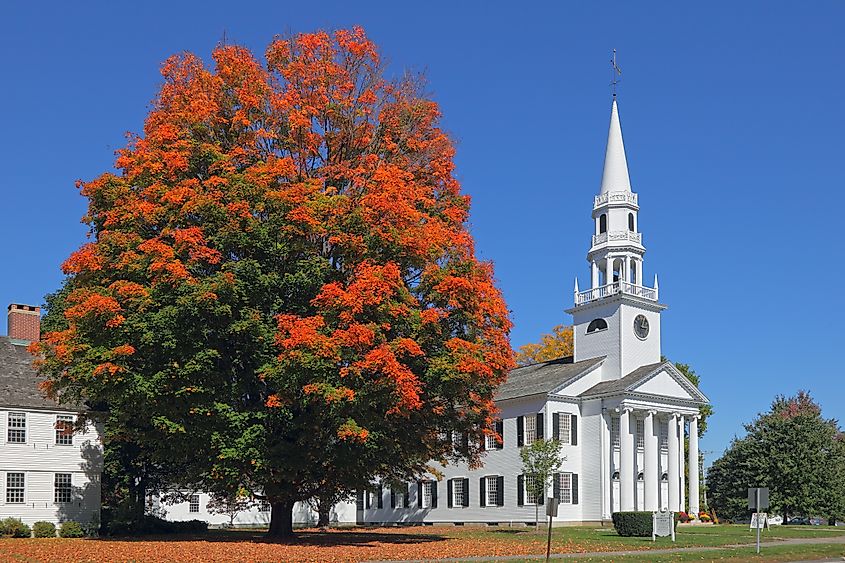
Though Litchfield was also named for an English locale, its vibes are decidedly French thanks to The Shrine of Lourdes in Litchfield. This spectacular site is a replica of France's Lourdes Grotto, where, in 1858, a peasant girl was supposedly visited by the Virgin Mary. Litchfield's counterpart was built by Montfort missionaries out of local fieldstone and dedicated in 1958. Events held at the shrine include Catholic Mass, yoga, and various workshops.
If too full of Francovibes, wash them down with Dutch delicacies at The Dutch Epicure Shop or catch English cleansers like the Tudor-style cottage in Topsmead State Forest and the Mount Tom Tower in Mount Tom State Park.
East Haddam

Of all Connecticut palaces, none is more regal than Gillette Castle. Perched on a hill in East Haddam high above the Connecticut River, Gillette is the 14,000-square-foot, 24-room former home of late playwright William Gillette, who, inspired by castles along Germany's Rhine River, made his own stone fortress in the 1910s. Over a century later, the castle centers its own state park, Gillette Castle State Park, which draws roughly 300,000 yearly visitors.
Pair Gillette Castle with East Haddam's other Euro-style edifices, such as the five-story Victorian Goodspeed Opera House and the Victorian former ghost town of Johnsonville Village. Johnsonville is now owned by the Philippines-based Iglesia ni Cristo church, which is infamous for buying abandoned American towns.
A trip to Connecticut cannot match, but can rival, a trip to Europe. Stick to the aforementioned towns to see historic quarries like those on the Isle of Portland; a restaurant inspired by the Amalfi Coast; a Victorian Christmas bash at a Gothic Revival cottage; a multi-day Irish festival; an observation tower with medieval influence; a replica of a famous French grotto; and a hilltop castle based on Rhineland fortresses. Which slice of Europe will you taste in Connecticut first?


